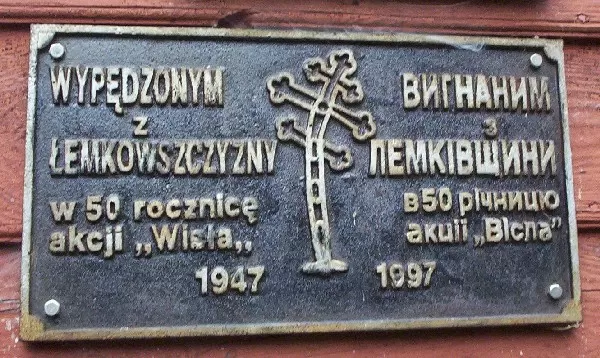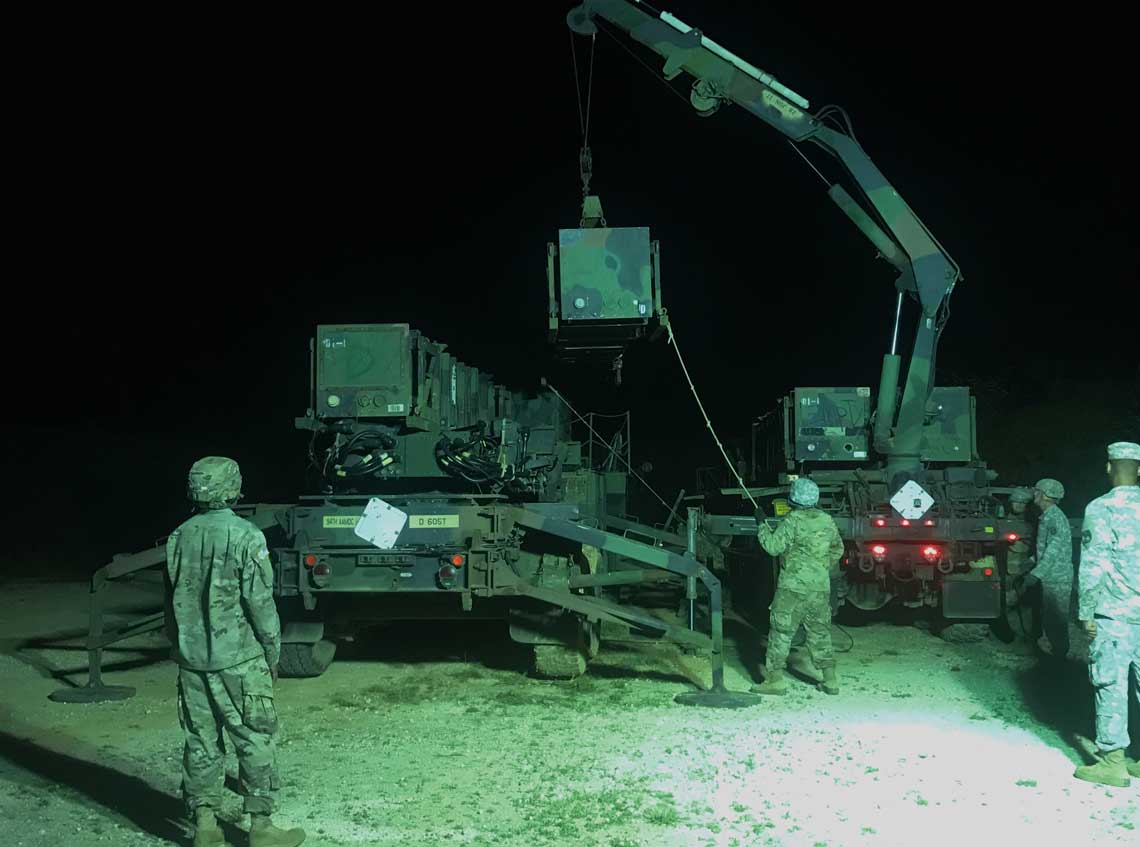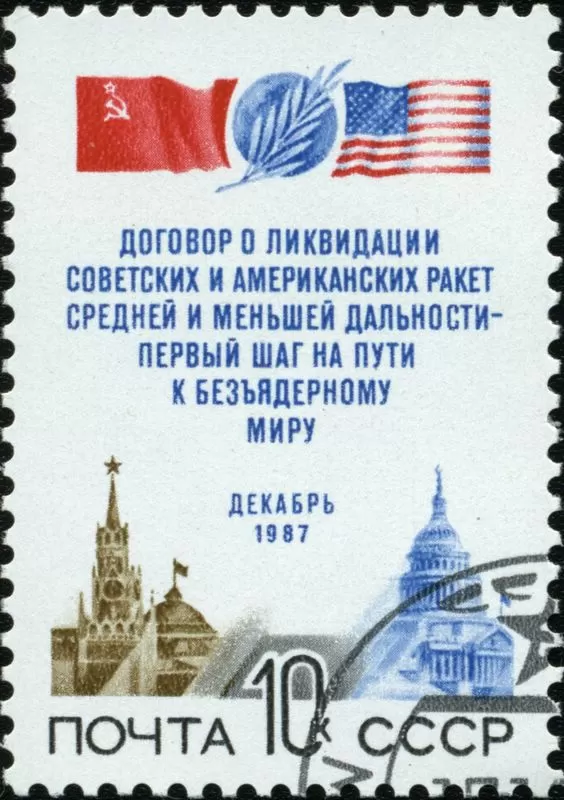
Breakthrough year of the Wisła program

In addition to the supply of trucks and the joint production of launchers, the announced participation of Polish industry in the Vistula program also extends to the supply of
transport and loading.
Last year, the most important event took place in connection with the implementation of the Wisla medium-range air and missile defense program. The Ministry of National Defense signed a contract for the purchase of the Patriot system in the configuration chosen by the Polish government in the first phase of the Wisła program. At the same time, the Ministry of National Defense began negotiations on second stage. More in terms of the amount of equipment ordered and more important in terms of technology transfer.
The key moment was the signing on March 28, 2018 of the contract for the purchase of the Patriot system, but let us recall several important earlier events.
On September 6, 2016, the Armaments Inspectorate of the Department of National Defense sent a request to the US authorities, i.e. LoR (letter of request). The document concerned eight Patriot batteries combined with the new IBCS control system. In addition, the system was to be equipped with a new solid-state fire control radar (of an as yet unknown type) with circular scanning and an active electronic scanning antenna, made using gallium nitride technology. On March 31, 2017, the Ministry of National Defense sent an amended version of the LoR, the novelty was the willingness to purchase SkyCeptor missiles, as well as the financial ceiling of the transaction, set by the Polish side in the amount of PLN 30 billion. The next step was a document called the Memorandum of Intent, which was a declaration by the Polish side regarding the purchase of the Patriot system.

In the second phase of the Vistula, the Department of National Defense wants to buy a radar that will be chosen by the US Army in the LTAMDS program, in which Lockheed Martin and Raytheon compete. In February, he announced that he was submitting an entirely new station to the contest, in place of the one that had previously been promoted.
The most important information revealed at the time was the division of the Vistula program into two phases. In the first, Poland announced the purchase of two batteries of the Patriot system in the latest available version, i.e. in 3+ configuration, with PDB-8 control software. All future technical solutions, i.e. radar station with active electronic scanning antenna, SkyCeptor missile, complete IBCS control system were carried over to the second stage, including the purchase of six batteries. According to the Ministry of Defense, the final stage of negotiations began in September, and from October they concerned the offset.
The latest chorus of 2017, extremely loud in the media, was the publication by the Defense and Security Cooperation Agency (DSCA), an American government agency, of a document submitted to the US Congress with a list of equipment that Poland wants to buy. The bid included the maximum option and its corresponding estimated price of US$10,5 billion.
It was clear that the value of the actual contract would be lower than the normally inflated DSCA estimates. However, government critics used this as an argument for a poorly executed tender. And the Ministry of Defense received a useful tool for building a long narrative about difficult negotiations in which the Ministry of Defense skillfully reduced the initial price.
The DSCA conclusion was also interesting for another reason - it clearly indicated which system Poland was purchasing, i.e. “Integrated Air and Missile Defense (IBCS) Combat Control System (IBCS) – Patriot-3+ Enabled Configuration with Upgraded Sensors and Components” 3+ adapted to the IAMD IBCS command system, with upgraded detection tools and components).
The first phase of the Vistula becomes a fact
In mid-January 2018, a delegation from the Ministry of National Defense headed by Minister Mariusz Blaszczak flew to the United States. During the working ministerial visit, the topic of Poland's purchase of American weapons was also discussed. A breakthrough in the Vistula program occurred in March. First, on March 23, the then Secretary of State of the Ministry of National Defense, Sebastian Chwalek, signed the offset agreements for the first phase of the program (called "Vistula Phase I" in the Ministry of National Defense). On the US industry side, the contracts were signed by Raytheon International President Bruce Skilling and PAC-3 Vice President of Lockheed Martin Missiles and Fire Control Jay B. Pitman (representing Lockheed Martin Global, Inc.). The agreement with Raytheon will be valid for 10 years, its value is PLN 224 and includes 121 compensation obligations.
Their detailed list was not disclosed, but thanks to them, Poland should acquire certain capabilities in the field of: combat control based on the IBCS functionality (Raytheon represents the Northrop Grumman corporation in this regard); production and maintenance of launchers and transport-loading vehicles (for the transportation of spare missile launch containers); creation of a certified Center for Administrative and Production Management, including adaptation, maintenance and repair of the Vistula system and other air defense systems; finally, the production and maintenance of the Mk 30 Bushmaster II 44 mm gun mounts (here Raytheon also represents the gun manufacturer, currently Northrop Grumman Innovation Systems).
On the other hand, the contract with Lockheed Martin Global, Inc. in the amount of PLN 724, also for a period of 764 years, it covers 000 compensatory obligations relating, in particular: to obtaining production facilities for the production of parts for PAC-10 MSE rockets; maintenance elements of the PAC-15 MSE rocket launcher; construction of a rocket development laboratory; support for the F-3 Jastrząb fighter operation.

With its decisions, the Ministry of National Defense made the development of the Narev system dependent on the functionality of the IBCS in connecting new components. Meanwhile, the competition promotes similar solutions such as the Falcon, a collaboration between Lockheed Martin (SkyKeeper network-centric control system), Diehl Defense (IRIS-T SL missiles) and Saab (Giraffe 4A radar with AESA antenna). The Falcon is very similar in control and engagement to the joint proposal between Lockheed Martin and Diehl in Narew.
As a comment, we add that the difference in the cost of the two offset agreements shows how expensive the PAC-3 MSE missiles are in Phase I. It is not entirely clear what the launcher means - most likely it is a semi-trailer (or platform) towed from behind or mounted on truck, with any jacks, supports, etc. Almost certainly does not include the control electronics present on the launcher, nor containers for ITU missiles (containers are disposable, sealed, ITU is placed in them at the factory that produces ITU).
On the other hand, the creation in Poland of a rocket development laboratory (vol. 3.

